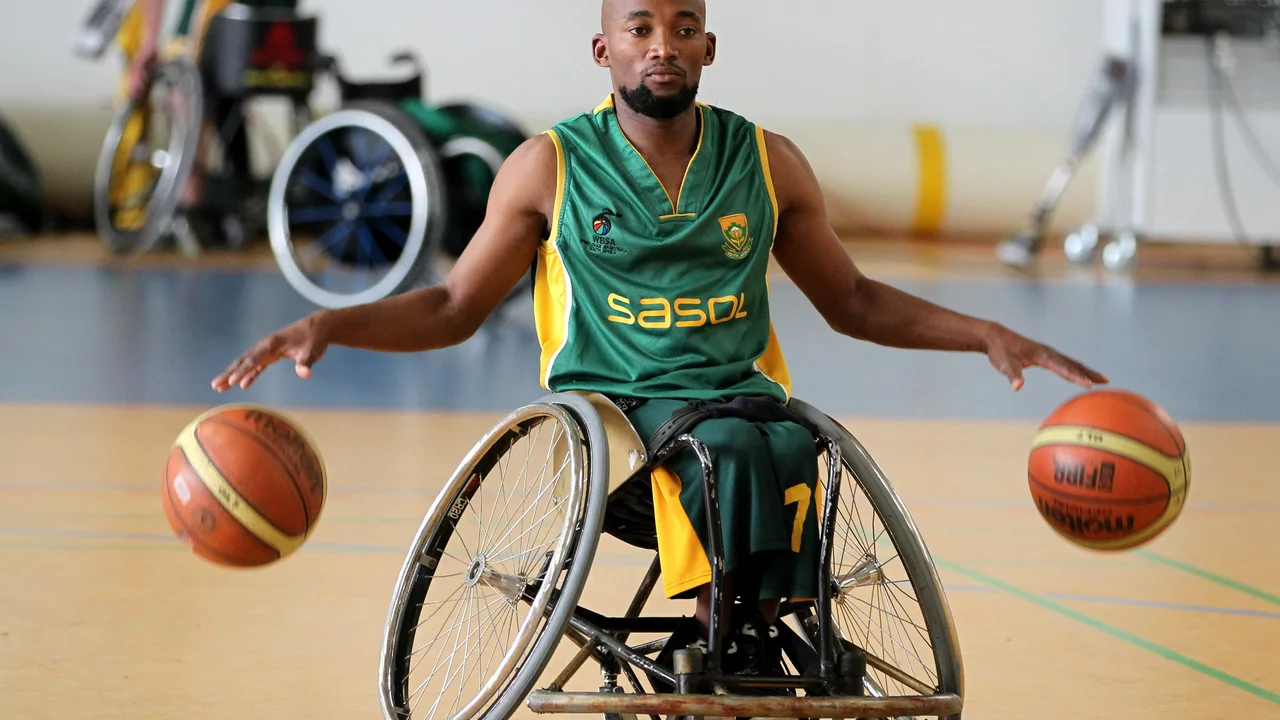Sports Culture: How Soccer Shapes Communities and Everyday Life
When you hear the word "sports culture," most people picture a stadium full of chanting fans, colorful jerseys, and the buzz of a match day. But the influence goes far beyond the 90 minutes on the pitch. From the way you pick a jersey to the videos you post online, soccer seeps into daily routines, friendships, and even local economies.
Why Sports Culture Matters
At its core, sports culture gives people a shared identity. Whether you’re cheering for Tottenham in the Carabao Cup or debating the best way to inflate a soccer ball, those conversations create a bond that lasts longer than any single game. This bond shows up in casual chats at the pub, in online forums where fans upload highlight reels, and in the pride of wearing an authentic club jersey. The sense of belonging can boost confidence, reduce stress, and even motivate kids to stay active on the field.
Everyday Ways Soccer Influences Us
Picking a jersey isn’t just about fashion; it’s a statement of loyalty. Fans often hunt for official club stores, licensed retailers, or even trusted online markets to get the right fit and quality. Knowing where to shop helps avoid fake gear and ensures the team’s colors stay bright on the streets.
For aspiring players, showcasing talent online has become a key step toward getting noticed by scouts. A well‑edited highlight video on YouTube or Instagram can open doors that a local trial might miss. Posting the video to soccer‑specific forums or tagging scouts directly adds a personal touch that many clubs appreciate.
Even the equipment you use carries cultural weight. The right air pressure in a soccer ball, for example, affects how the game feels. Inflation levels between 8.5 and 15.6 psi are the official range, and keeping a gauge handy makes sure every kick is predictable. This small detail reflects a broader respect for the sport’s standards.
Match‑day rituals are another slice of sports culture. Some fans gather at home to watch live streams, while others travel to the stadium for the atmosphere. Whether you’re tracking injury updates for Tottenham and Doncaster before a Carabao Cup game or noting the fastest player’s position on the field, staying informed becomes part of the fun.
In regions where soccer isn’t the top sport—like the United States—its growing popularity shows how culture can shift. Youth programs, the success of the women’s national team, and rising MLS viewership are turning soccer into a mainstream pastime, changing how families spend weekends and how schools allocate resources.
Finally, the lifestyle of a soccer player offers a glimpse into the dedication behind the game. Strict diets, daily training, mental health routines, and handling public pressure are all parts of the package. Understanding these habits helps fans appreciate the effort that goes into every goal and every defensive stop.
Sports culture isn’t a static thing; it evolves with every new fan, every jersey drop, and every highlight shared online. By paying attention to these everyday details, you become part of a larger story that links stadiums, streets, and screens around the world.
How popular is basketball in South Africa?
Well folks, buckle up because the basketball scene in South Africa is bouncing up with a whoosh! It's like a hidden gem, just waiting to slam dunk its way to fame. The sport is gaining traction faster than a cheetah on roller skates, with community leagues springing up like popcorn. Despite soccer being the national favourite, basketball is dribbling its way into South African hearts, with more people shooting hoops than you can shake a vuvuzela at! So, in the popularity contest, basketball may not be the prom king yet, but it sure is the coolest kid on the block these days!
Kieran Donovan | Jul, 31 2023 Read More
